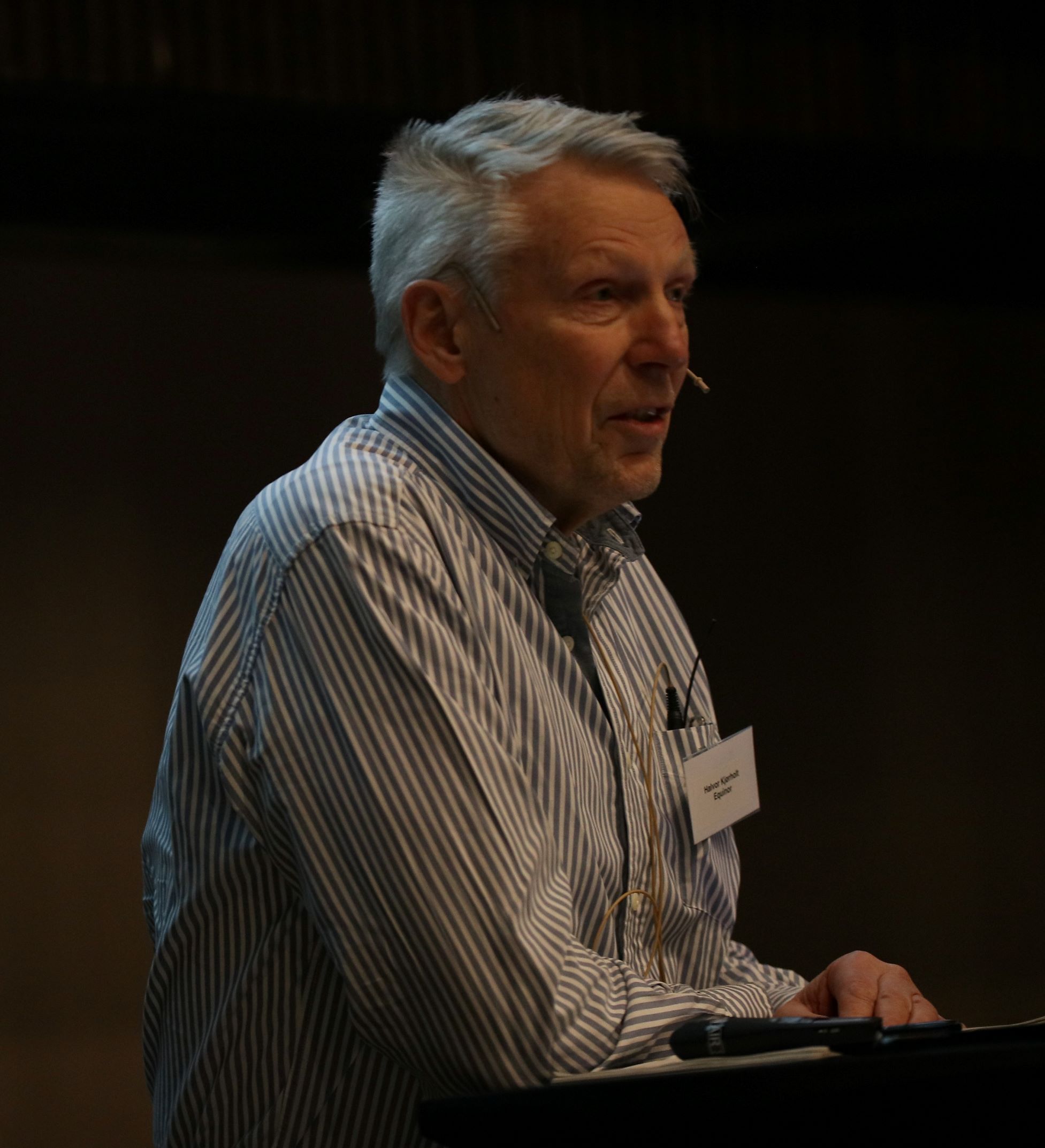The annual SFI DigiWells seminar, with cutting edge presentations on digitization and automation for drilling and well, brought together experts from industry, academia, regulatory bodies, interest organizations and clusters, and provided a broad forum for discussions and networking.
With around 70 participants and nearly all the relevant key players on the Norwegian Continental Shelf present, everything was ready for a very interesting seminar. Our first keynote speaker, Erik Kirkemo, Equinor, emphasized drilling and well as a key enabler for safe, long term and reliable energy supply: – It might be too late for this year, but I already know what I want for next Christmas. It is a big present - autonomous operations. I hope DigiWells can help make that dream come true.
Catchy music and fancy slides took over as an introduction to our second keynote speaker, Arnfinn Grøtte, AkerBP, and his message about collaborative well planning. With around 150 softwares applications for subsurface that are available in AkerBP, he also emphasized the importance of plug-in apps.
Chairman of the Board, Halvor Kjørholt, Equinor, presented “Digital well construction. Status and way forward” and stated that: - Only digital and automated solutions can modernize drilling and bring performance to a modern industry level. He emphasized the importance of having a well-functioning working environment for the driller when automated and autonomous operations are implemented.

With all this focus on digitalization and automated/autonomous operations, it was timely with a presentation of the differences between automated and autonomous operations by Eric Cayeux. He also referred to his international network within this area. Data and interoperability are of course important components facilitating the transition towards autonomy, and NORCE has done extensive work which was presented by Benoit Daireaux. Finally, in this section, Rodica Mihai presented autonomous drilling demonstrated at Ullrigg. A video was shown where we could see how the driller sat with his arms crossed observing the drilling process. The system took the decisions by itself.
The last part of day 1, was dedicated to geosteering. Sergey Alyalev presented AI-based model that can prediction stratigraphy and thereby improve drilling performance. This presentation was followed by Nazanin Jahani who presented work on quantifying depth of detection for deep-sensing borehole electromagnetic sensing which gives input to 3D geological interpretation. Geosteering decision making is a challenging task especially when for complex 3D formation.
Day 2 of the seminar was internal for the participating partners in DigiWells. The focus was on the latest research results from the center. Eric Cayeux talked about a digital drilling program consisting of an ensemble of possible drilling design that account for all the constraints and boundaries that need to be respected. The goal is to have a solution that gives the possibility to adjust the drilling program on the fly within safe margins.
One of the PhD students, Felix Pacis, UiS, presented his work on exploring transfer learning for ROP prediction on the Norwegian Continental Shelf. Rodica Mihai presented work on an innovative method for damping the drill-string vibration. This is an important topic since vibrations have several negative effects on the operation, such as wear and extra energy-consumption.
A successful seminar and the chairman of the Board, Halvor Kjørholt, was very impressed with the seminar and the results presented.
We are already looking forward to the next year!